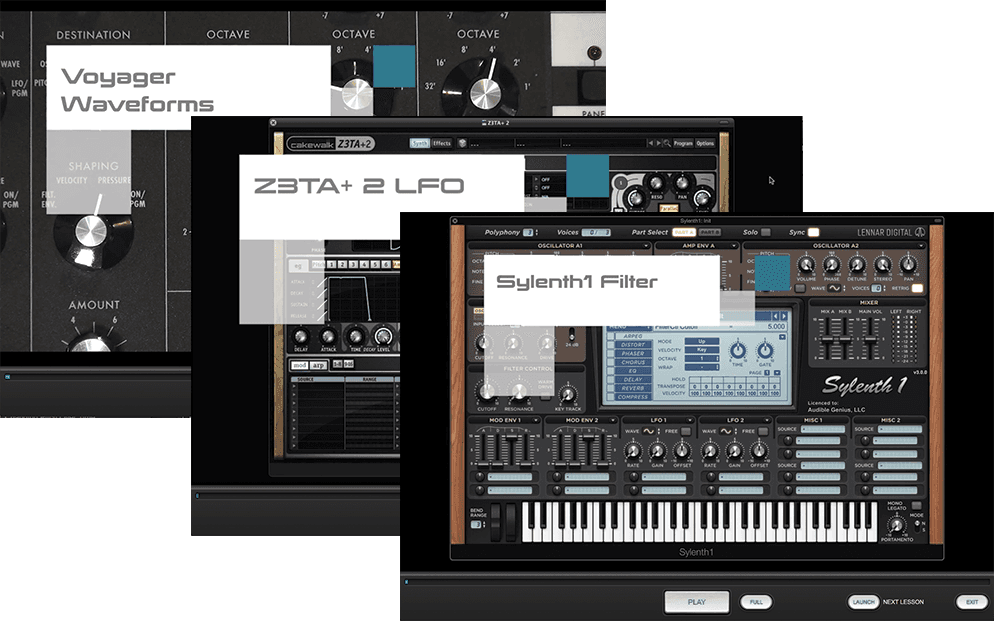
Besides, trying to purchase a synth according to features that you anticipate you’ll need in the future is like buying size 13 shoes for a toddler. So in your world, if you can’t hear it, it doesn’t matter. And each little tweak you make is motivated by what you hear. Well wipe away your tears because YOU are going to be the one programming this synth. And you may hear people talk about how important these aspects are, which will make you feel the need to choose the right one, which then might make you feel dirty and shameful for not being able to hear the difference. Or different types of filters (Ladder, Curtis, Steiner Parker…). Along with the obvious differences between synths, there are relatively subtle differences as well. It’s easy to get caught up in feature lists and hype, but just remember, at the end of the day it’s the actual sound that matters, not the price.Ģ. Whether it’s free, $200, or $3000, if you like the way it sounds, then you’ve chosen the right tool for the job.

If a synth is giving you the sounds you want, it doesn’t matter how much you paid for it. So I’m gonna help you boil it all down by telling you what does and doesn’t matter.

There are soooooooo many synths nowadays. Since this seemed to be a perfect subject for an article in the Rookies series, we contacted Joe to see if he would allow us to republish it in SoundBytes Magazine. Joe wrote a piece for his website called “Picking the Right Synth”.
Syntorial free download Patch#
Joe Hanley (pictured right) along with wife Simone are the folks behind Audible Genius, the company that brings us Syntorial, an innovative and effective interactive teaching tool for learning subtractive synthesis patch design:Ĭheck out the “about us” page on the site to learn of the interesting genesis of Syntorial (and by all means give the demo download a try if you think you might benefit from this kind of learning). With the bewildering number and variety of synthesizers available today, it can be a daunting task for the newbie to know where to start.


 0 kommentar(er)
0 kommentar(er)
